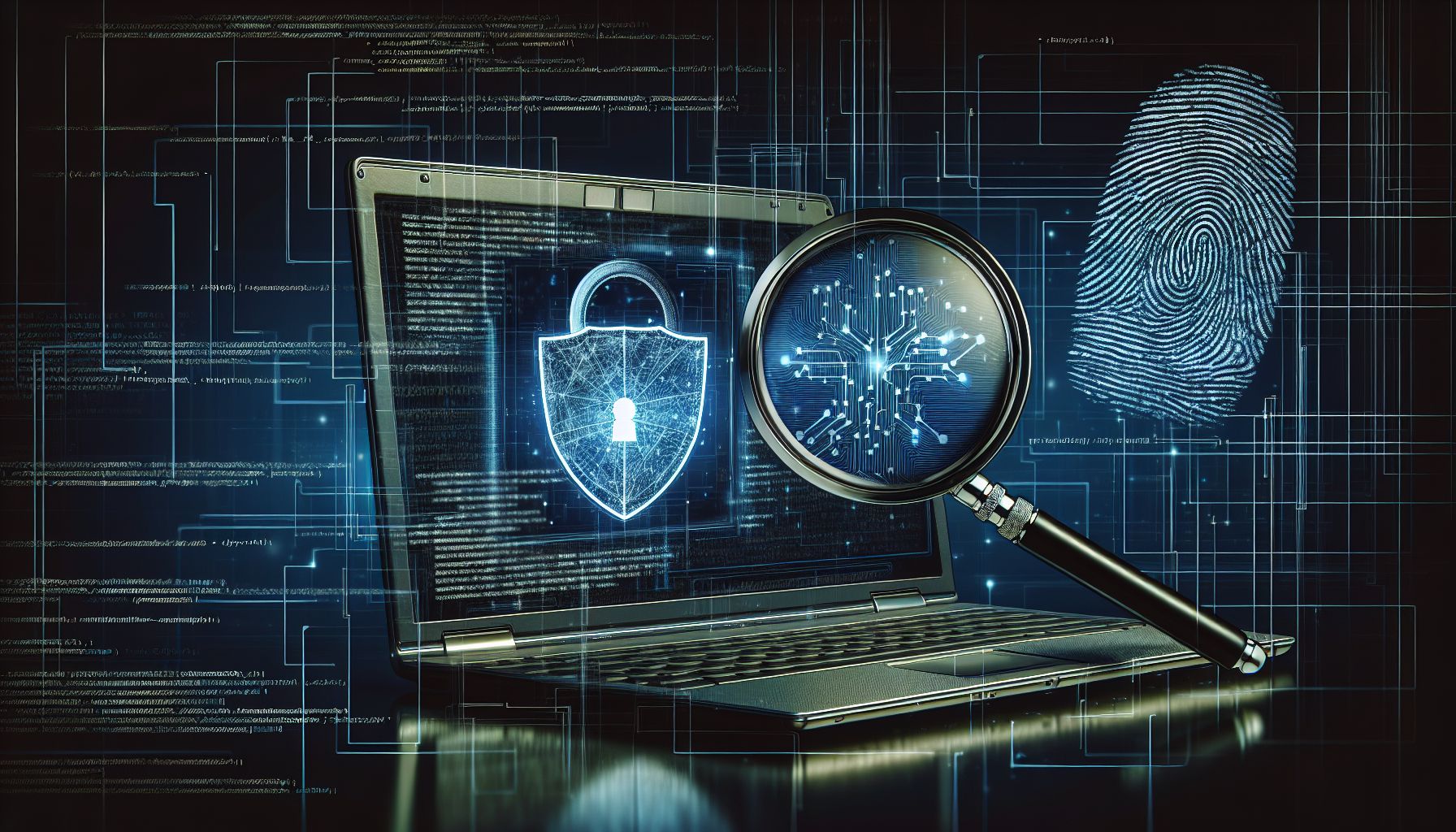In today’s digital age, the threat of cyber attacks and data breaches is ever-present. As a technical professional, it is crucial to understand the importance of cyber security and computer forensics in order to protect your organization’s sensitive information. By implementing robust security measures and utilizing forensic techniques, you can mitigate the risk of cyber threats and safeguard your data.
Introduction to Cyber Security
Cyber security is the practice of protecting systems, networks, and data from digital attacks. These attacks can come in the form of malware, ransomware, phishing scams, and more. Without proper security measures in place, organizations are at risk of losing valuable data, incurring financial losses, and damaging their reputation.
To combat these threats, technical professionals must implement a multi-layered approach to cyber security. This includes securing networks with firewalls and encryption, regularly updating software to patch vulnerabilities, and training employees on best practices for avoiding cyber threats.
The Role of Computer Forensics
Computer forensics plays a crucial role in investigating cyber crimes and analyzing digital evidence. It involves collecting and preserving digital data in a forensically sound manner, as well as analyzing this data to determine the source of a security breach or cyber attack.
By leveraging computer forensics techniques, technical professionals can identify the root cause of a security incident, track the movements of an attacker, and gather evidence for legal proceedings. This proactive approach to cyber security can help organizations strengthen their defenses and prevent future attacks.
Best Practices for Cyber Security and Computer Forensics
When it comes to protecting your data and investigating cyber incidents, there are several best practices that technical professionals should follow:
- Conduct regular security assessments to identify vulnerabilities and potential risks.
- Implement access controls to restrict unauthorized users from accessing sensitive data.
- Enable logging and monitoring to detect suspicious activities on your network.
- Establish an incident response plan to quickly respond to security incidents and mitigate their impact.
- Work with a trusted cyber security partner to access expertise and resources for protecting your organization.
By following these best practices, technical professionals can enhance their cyber security posture and effectively leverage computer forensics techniques to investigate and mitigate cyber threats.
Conclusion
In conclusion, cyber security and computer forensics are essential components of a comprehensive security strategy. By implementing robust security measures, staying vigilant against cyber threats, and leveraging forensic techniques to investigate incidents, technical professionals can safeguard their data and protect their organization from the risks of cyber attacks.
Remember, the digital landscape is constantly evolving, and so too are the tactics used by cyber criminals. By staying informed, proactive, and prepared, you can help ensure the security and integrity of your organization’s data. Stay safe, stay secure.




